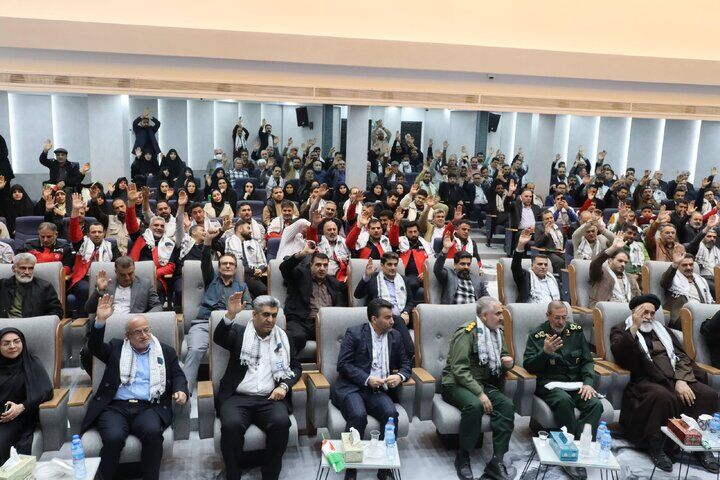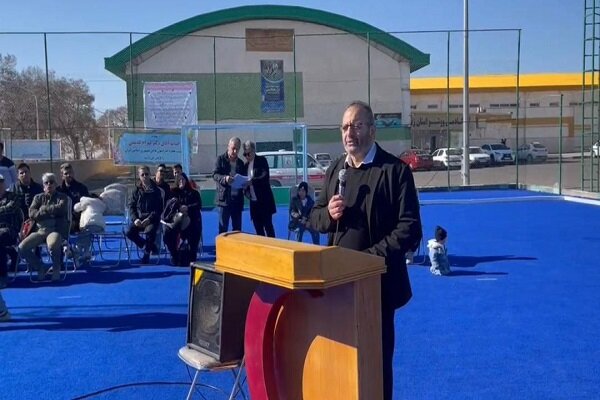Has Trump's peace plan introduced new mediators to Israel-Palestine?
Has Trump's peace plan introduced new mediators to Israel-Palestine?

When US President Donald Trump touches down in the Middle East next week, he will take on a new role: chairman of the board.
Trump has put himself at the head of a committee that is expected to oversee Gaza. Experts say that putting aside the fact that Trump has made himself the final arbitrator of a territory whose people, the Palestinians, did not elect him, it could still bode well for the durability of the ceasefire now in effect.
“This has Trump’s imprimatur (guarantee),” David Schenker, a former senior US official now at the Washington Institute for Near East Policy, told Middle East Eye. “He owns it and doesn’t want it to fail.”
The image of a vast board of stakeholders, all with their own objectives, somewhat captures the spirit of the ceasefire Trump has ushered in.
In one seat is Israel. Trump outmanoeuvred Israeli Prime Minister Benjamin Netanyahu to agree to a ceasefire in Gaza, experts say.
While Israel is still left in control of more than half the enclave and has vast leeway about further withdrawals, Trump’s plan delivered a blow to Netanyahu’s government in two key areas: it rejected Israeli annexation or occupation of Gaza and the forced displacement of Palestinians from Gaza.
Both of those terms in the US’s 20-point plan were nods to other members of Trump’s board, experts say; the Arab and Muslim states that the US president envisions sending peacekeepers to Gaza and funding its reconstruction and recovery after two devastating years of Israel’s onslaught, which has been recognised as a genocide against the Palestinian people by the United Nations.
This is what makes Trump’s peace plan unique in the history of US intervention in the Israel-Palestine conflict.
Has Trump internationalised Gaza?
“Israel has never wanted to internationalise this conflict,” Michael Wahid Hanna, director of the US programme at the International Crisis Group, told MEE.
The main outside power in the decades-old dispute has been the US, which Hanna said never "positioned itself as a mediator, but as an Israeli partner”.
“The difference now is that there could be a glimpse of a counterweight,” he added.
Footage of the ceasefire negotiations in the Egyptian resort city of Sharm el-Sheikh underscores the line-up of Arab and Muslim leaders Trump brought on board for his deal.
Egyptian spy chief Major General Hassan Mahmoud Rashad was in the talks, along with his Turkish counterpart, Ibrahim Kalin. Qatar's Prime Minister Mohammed bin Abdulrahman al-Thani was also filmed engaging with the Israeli and Hamas negotiating teams.
A former senior US official who participated in previous Gaza peace talks told MEE that Turkey’s presence was likely critical to swaying Hamas to release the captives in Gaza in one go, especially after Israel unilaterally broke the last ceasefire the group signed in January.
“Erdogan was instrumental in convincing Hamas to trust the US guarantee that Israel would abide by the ceasefire; probably more so than Qatar and Egypt. Hamas doesn’t want to defy him,” the former official said, referring to Turkish President Recep Tayyip Erdogan.
Trump is expected to arrive in Israel on Monday, where he will inform the Knesset on the peace plan. Axios reported that he will then travel to Egypt to attend a summit of Arab and European leaders to discuss Gaza’s future.
Disarmament, withdrawal and governance
As of Friday, Hamas and other groups in Gaza have 72 hours to turn over the 20 living captives in Gaza and the bodies of 28 more. In exchange, Israel has withdrawn from some parts of Gaza and stopped its assault. It will also release nearly 2,000 Palestinian prisoners and the bodies of 360 Palestinians, although not the high-profile and popular prisoners, like Marwan Barghouti, whom Hamas hoped to free.
The next steps are where Trump’s peace plan becomes more difficult to predict. Israel is still in control of 58 percent of Gaza’s territory. The plan provides no timeline for Israel’s full withdrawal or details on what so-called security zone it might keep.
The 20-point plan calls for Gaza to be governed by a technocratic Palestinian committee that does not include Hamas, and a Palestinian police force to be trained by Egypt. Trump is expected to chair a "Board of Peace" to oversee this committee.
The agreement also calls on Hamas to disarm, but the group is insisting on keeping defensive weapons, like assault rifles. An "International Stabilization Force" is supposed to deploy to Gaza, likely made up of Arab and Muslim forces.
These are the points where analysts say Trump will be pulled in different directions by Turkey, Arab Gulf states, Egypt, and Israel.
“These states all have very different agendas when it comes to Palestinians,” Hanna told MEE.
For example, Hamas might be reassured by the presence of Turkish peacekeepers, but a US official told MEE that Israel rejects their role.
For its part, Egypt wants the Palestinian Authority to play a bigger role in Gaza - a move that Netanyahu opposes.
“This is an administration that gets easily distracted,” Schenker told MEE. “The plan is going to require long-term involvement at senior levels to hash out these details. Without that, we will have a peace plan that only achieves hostage exchange.”
There are some clues to how Trump’s plan might develop, looking at his emissaries. Former UK Prime Minister Tony Blair is expected to join Trump’s Board of Peace. Blair’s legacy is tainted by the 2003 invasion of Iraq and, more recently, revelations that members of his institute took part in planning for the widely discredited Gaza Humanitarian Foundation (GHF).
Trump’s plan notably appears to end the GHF’s mandate, returning the role of aid distribution to the United Nations.
Kristian Coates Ulrichsen, a fellow for the Middle East at the Baker Institute, told MEE that Trump is likely to lean on Blair and Trump’s son-in-law, Jared Kushner, to manage issues like disarmament of Hamas, local governance and reconstruction.
“Both have extensive contacts in the Gulf,” Ulrichsen said. Blair has close ties to the UAE, while Kushner’s investment fund is bankrolled by Qatar, the UAE and Saudi Arabia. Kushner forged a close relationship with Saudi Crown Prince Mohammed bin Salman when he was as an advisor to Trump during his first term in office.
“Kushner and Blair will likely have to use US leverage on the Israeli government, and the Gulf states will use their leverage on Palestinian factions to keep this ceasefire together,” Ulrichsen said.













